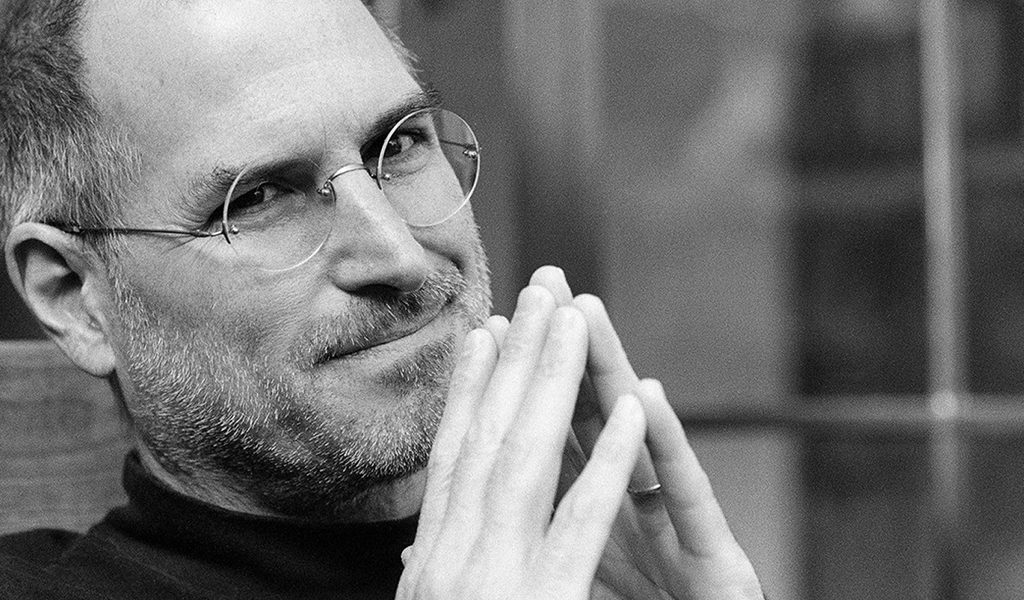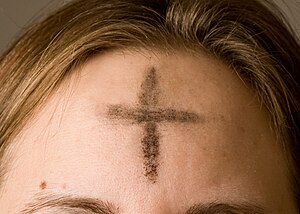
One of the most interesting media development I was fortunate to have monitored, studied and analyzed was an early evening news program which anchored the rise of the then fledgling ABS-CBN to the number 1 position in the Philippine TV industry. Here is my take of what made the program a success:
The Birth of TV Patrol
On March 2, 1987, TV Patrol first went on air. It was launched as an out-and-out tabloid-style newscast. From March 2 to July 3, 1987, it was 30 minutes long and was expanded to 60-minutes in July 6 of the same year. It had less of the hard news and more of the entertainment, more of the blood and guts. It featured anchors Noli de Castro, Mel Tiangco,Robert Arevalo (who was replaced a few months later by Frankie Evangelista), and Angelique Lazo.
With animated use of colloquial Tagalog, a healthy dose of editorializing, and winning segments such as Pulso, Mission Expose, Lingkod Bayan, Pulis Report and Star News, the show appealed to the CDE sectors like no news show had ever had. There was also a conscious effort to support the news with videos no matter how raw, bloody or graphic these videos maybe. Occasionally there were live reports from the field, but mainly audio feeds betraying the newly-established network's lack of equipment.
Success Factors
What made the show successful?
A key success factor was a hungry and determined news team. Whatever the struggling network and the news department lack in resources, was more than made up by the ingenuity and the sheer determination of the whole team: top management, anchors, reporters, cameramen, writers, and the other newsroom staff, to the extent of even using their own resources if only to come out with a good story every 6:00 o'clock on weekday evenings.
Second, the program concept and design filled up a glaring gap in the news market. In a survey we conducted on the news audience, programs and personalities conducted during the first quarter of 1987, we identified six key attributes viewers anted in a news program: Moreover, the qualifiers behind each of the attributes, revealed clear directions as to the contents of a newscast the audience would want to watch namely:
-
Credibility: It is credible if it is not propaganda; if it reports on what is really happening in the country. It reports on crime, corruption, abuses of those in authority, problems not attended to by the government; reporters are in the scene of where the story happened.
-
Clear delivery of news: Delivery is clear if it is in a dialect the viewer could understand (Tagalog) and if it is delivered in a clear, loud voice.
-
Graphic Videos: They want video support for most of the stories aired during the newscasts and they want the video shots and interviews of those involved in the news. Moreover, they don't mind seeing the blood and the gore for as long as it is a true video of the crime that is being reported.
-
Fights for me: Listens to my complaints and helps me bring it to the attention of higher authorities.I could go to them and they will help me with my problems as regards police, military and other government abuses
-
Provide Public Service: Provides help when in case of calamities. Helps me get free medical services and medicines.
-
Provides News About my Favorite Stars: gives updates on what is happening with my favorite stars.
As to which newscasts on air has these attributes, the survey analysis revealed that there was a big gap between what the audience wants and what was aired by the TV networks. I was then the General Manager of Pulse Research Group — the research firm that conducted the the media survey, and upon reading the topline results I remembered making a comment that it is high time for any of the TV networks to set up a mass-based TV newscast. The leading newscasts then were in English. There were only a few stories about the stars and celebrities. And there was hardly any public service item on the story line-ups.
TV Patrol caught the industry by storm. It was embraced by the TV audiences so that every night, 60% to 70% of TV viewers were tuned in to the program. Nevertheless, the advertising community initially balked at putting their ads on the program because of its tabloid character. But the audience numbers was substantial enough to ignore and revenues eventually started to come in. Eventually, TV Patrol became the first TV news program in Philippine TV that generated profits.
More important for the network, TV Patrol provided a substantial lead-in audience for the rest of the evening's programs. In id-1987 , when I examined the ebb and flow of various network programs, i observed this trend and bodly predicted to my then boss Rosie Chew, ABS-CBN will evntually lead the evening primetime ratings, overtaking the primetime leaders IBC 13 and GMA 7. Which was what happened in 1988.
25 Years Later
A lot has changed since then. TV Patrol now has 18 regional editions, and viewership spanning the globe. It now uses state of the art equipment and is making use of whatever modern technology that money can buy. It has faced strong challenge by rival newscasts. In fact, during some survey periods and in some broadcast areas it has yielded the top spot to competition. Throughout its 25 years of being on air, it has undergone several changes: segments, logo, anchors, time slots and even its behind the camera personnel.
I have joined the network in 1990 and have left them in 2005. I was not just a witness to the various changes that happened to the program; in some instances I recommended some of those major changes. There is a lot of behind the scenes stories that makes for a good blog post. In the meantime, let me congratulate the men and women behind the TV Patrol, whether they are still with the network, are now with its competitors, or are working/relaxing outside of network life.
.
.













